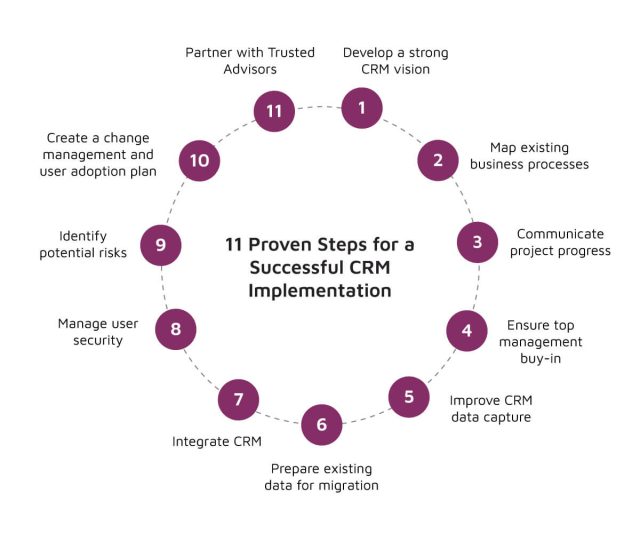Understanding Infoodle CRM
Infoodle CRM is a specialized software solution tailored for nonprofit and charity organizations. It facilitates comprehensive management of donor information, fundraising campaigns, volunteer coordination, and more. By centralizing data and automating processes, Infoodle helps organizations maintain accurate records, cultivate donor relationships, and optimize resource allocation.
Assessing Your Organization’s Needs
Before embarking on the implementation process, assess your organization’s specific requirements and goals. Identify key areas where Infoodle CRM can address challenges or inefficiencies. Consider factors such as:
- Donor Management: How are donor relationships currently managed?
- Fundraising Campaigns: How effective are current fundraising efforts?
- Volunteer Coordination: Is there a streamlined process for volunteer management?
- Reporting and Analytics: What insights are needed for strategic decision-making?
Understanding these needs will guide the configuration and customization of Infoodle to best suit your organization.
Planning the Implementation Process
1. Formation of Implementation Team
Establish a dedicated team responsible for overseeing the implementation process. This team should include representatives from different departments such as fundraising, marketing, IT, and volunteer management. Assign roles and responsibilities to ensure accountability and collaboration throughout the implementation.
2. Data Migration and Integration
Ensure a smooth transition of existing data into Infoodle CRM. This involves importing donor records, transaction histories, volunteer profiles, and any other relevant data from your current systems. Work closely with Infoodle’s support team or consultants to manage this process efficiently.
3. Customization and Configuration
Tailor Infoodle CRM to meet your organization’s specific needs. Customize fields, workflows, and reporting functionalities to align with your data management practices and operational workflows. Configure automated processes for tasks such as donor acknowledgments, event registrations, and fundraising campaigns.
4. Training and Adoption
Provide comprehensive training sessions for staff members who will use Infoodle CRM on a daily basis. Training should cover basic functionalities as well as advanced features relevant to each user’s role. Encourage hands-on practice and offer ongoing support to ensure smooth adoption and proficiency with the new system.
Implementing Infoodle CRM
1. Pilot Testing
Conduct pilot testing with a select group of users to identify any potential issues or areas for improvement before full deployment. Gather feedback from users regarding usability, performance, and alignment with operational needs.
2. Deployment and Integration
Gradually roll out Infoodle CRM across your organization. Monitor integration with other systems and workflows to ensure seamless operation. Address any technical or operational challenges promptly to minimize disruption.
3. Monitoring and Optimization
Continuously monitor the performance of Infoodle CRM post-implementation. Track key metrics such as donor retention rates, fundraising ROI, and volunteer engagement levels. Utilize built-in analytics tools to gain insights into organizational performance and identify areas for optimization.
Maximizing the Benefits
1. Enhanced Donor Relationships
Utilize Infoodle CRM’s donor management tools to personalize communications, track interactions, and steward relationships effectively. Implement segmentation strategies to target specific donor groups with tailored messaging and appeals.
2. Streamlined Operations
Automate routine tasks such as donation processing, event management, and volunteer scheduling to free up staff time for strategic initiatives. Improve efficiency across departments by centralizing data and standardizing workflows.
3. Improved Decision-Making
Access real-time reports and analytics to make informed decisions about fundraising strategies, resource allocation, and programmatic initiatives. Generate custom reports to demonstrate impact to stakeholders and funding partners.
Conclusion
Implementing Infoodle CRM can empower your charity organization with the tools needed to thrive in today’s competitive nonprofit landscape. By following this step-by-step guide and leveraging Infoodle’s robust features, you can enhance donor engagement, streamline operations, and drive sustainable growth. Embrace the power of data-driven insights and efficient workflow management to amplify your organization’s impact and achieve your mission effectively.
For more information on how Infoodle CRM can benefit your charity organization, visit my website.











